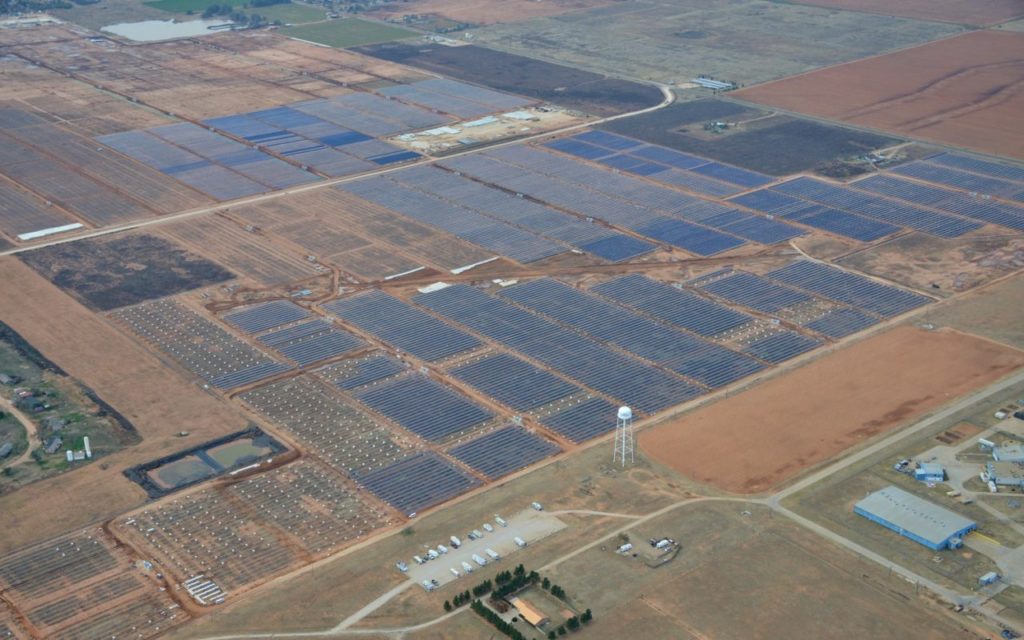
The increase in frequency, severity and range of severe weather events is having a growing impact on renewable projects year-round, affecting solar asset owners’ ability to secure adequate insurance coverage, let alone favourable terms. The stakes are high—severe convective storms resulted in over US$40 billion in global insured losses in the first half of 2024 alone.
To mitigate the risks posed by extreme weather events, project stakeholders need a comprehensive approach to risk management that includes careful partner selection, investment in defensive equipment capabilities and the development and implementation of well-defined operational and maintenance (O&M) procedures that take seasonality into account.
Unlock unlimited access for 12 whole months of distinctive global analysis
Photovoltaics International is now included.
- Regular insight and analysis of the industry’s biggest developments
- In-depth interviews with the industry’s leading figures
- Unlimited digital access to the PV Tech Power journal catalogue
- Unlimited digital access to the Photovoltaics International journal catalogue
- Access to more than 1,000 technical papers
- Discounts on Solar Media’s portfolio of events, in-person and virtual
With the rapid rise in solar assets and an increase in severe weather, O&M planning has become increasingly critical to optimise the performance and longevity of solar installations, minimise downtime and ensure consistent energy production with the lowest operating expense costs.
Here’s what asset owners need to know to optimise O&M planning to mitigate risk and secure favorable insurance terms for renewable energy projects.
Recognise corrective action patterns
Solar PV systems are built to last 35 years or more, but the components within these systems often fail well before that. This early failure can result in expensive repowering and replacement costs, making it essential for asset owners to create a robust spare parts strategy and preventative maintenance plan.
However, with limited on-site storage and O&M resources, the ability to prioritise which components should be stocked and how to best plan for resource allocation is critical. Understanding corrective action patterns associated with seasonal impacts—or maintenance performed in response to a loss event—allows O&M teams to allocate resources efficiently over the year, boost system reliability and proactively implement preventative measures.
Inverter equipment
According to our research at kWh Analytics, inverters were the most frequent cause of corrective maintenance issues.
The research indicates that inverter failures have the greatest impact, accounting for the longest resolution time (55% of O&M ticket duration) and the most significant energy loss (59% of total energy lost). Inverter issues are typically addressed through repair attempts and involve numerous sub-components. Given their impact and complexity, inverter parts are particularly well-suited to an O&M spare parts strategy. Asset owners should tailor their spare parts strategy to align with their specific technology and operating budget.
DC distribution equipment
DC distribution equipment is another leading cause of corrective maintenance issues.
DC distribution problems have a disproportionately large impact on O&M time and labour, accounting for 28% of the total, even though they result in a comparatively lower energy loss (13%). These issues are primarily caused by connector mismatches, making it advisable to follow the OEM’s installation instructions and keep appropriately rated DC distribution components readily available.
Plan for seasonality impacts
Seasonality plays a key role in O&M planning for solar asset owners. Understanding seasonal variations in corrective action patterns allows asset owners to anticipate a rise in corrective actions needed for particular components throughout the year. Recent research from Univers on the impact of seasonality on corrective actions shows distinct patterns among various components including inverters, trackers, DC health, sensors, grid and data availability.
Interestingly, the research shows a 14% surge in corrective actions in the winter as compared to summer. DC health and inverter corrective actions again made up the majority of corrective actions. 43% percent of corrective actions related to DC health occurred during the winter, highlighting the impact of low temperatures, reduced sunlight and snow cover on DC inputs and strings.
In contrast, inverters required corrective actions more frequently in the warmer months—spring and summer—likely a result of higher temperatures causing cooling system failures and reducing inverter efficiency. Meanwhile, corrective actions for trackers showed a relatively even distribution throughout the year, indicating that these components are less affected by seasonal variations.
These insights highlight the importance of understanding seasonal variations in corrective action patterns. To prepare for an increase in DC health issues during winter, O&M providers should allocate additional resources for manpower and spare components during this season, ensuring they can manage a higher volume of DC-related problems per service visit. Additionally, solar asset owners should anticipate potential inverter performance issues in summer and reserve replacement cooling components as needed.
This awareness enhances O&M planning, enabling more targeted interventions and efficient resource allocation, ultimately helping to mitigate environmental challenges and optimise system performance year-round.
Seek experienced risk partners
Insurance is a critical component to securing financing for renewable energy projects, as well as protecting operational assets, and working with experienced partners matters. Unfortunately, substantial losses from increasingly frequent and severe weather events have cautioned many insurers away from the industry or led to more significant risk retention on the part of the owner, and forced solar project owners to look inwards to improve resiliency measures.
Asset owners that are implementing proactive hail stow programs, using resilient module designs and leveraging comprehensive O&M planning and risk solutions, are undoubtedly better positioned. These resilience measures are important to insurers and to the industry as a whole.
To receive the most favourable insurance terms, renewable asset owners should look for an insurer that understands the renewable energy space, is able to advise on best practices and mitigation strategies, and rewards the resiliency measures in place.
Jason Kaminsky is the CEO of kWh Analytics, which partners with renewable energy asset owners to provide tailored risk transfer solutions. Its mission is to reward resilience by ensuring investments in asset protection are accurately valued in property insurance risk assessments.







